
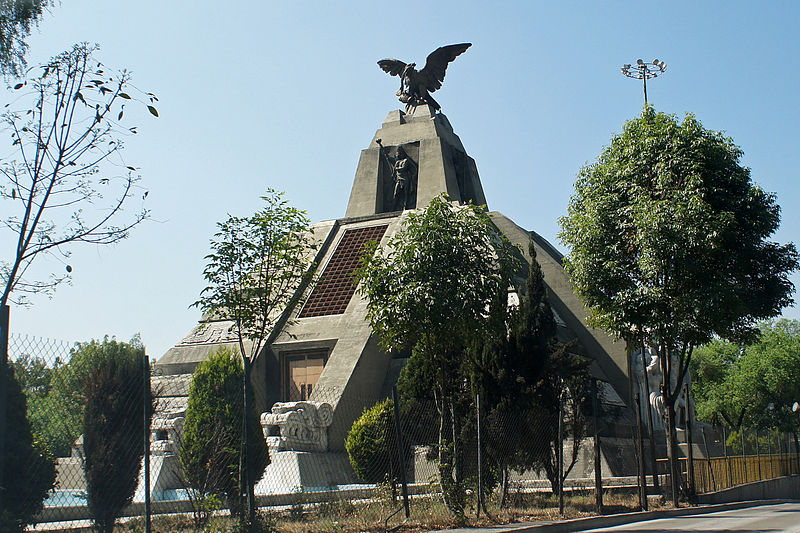
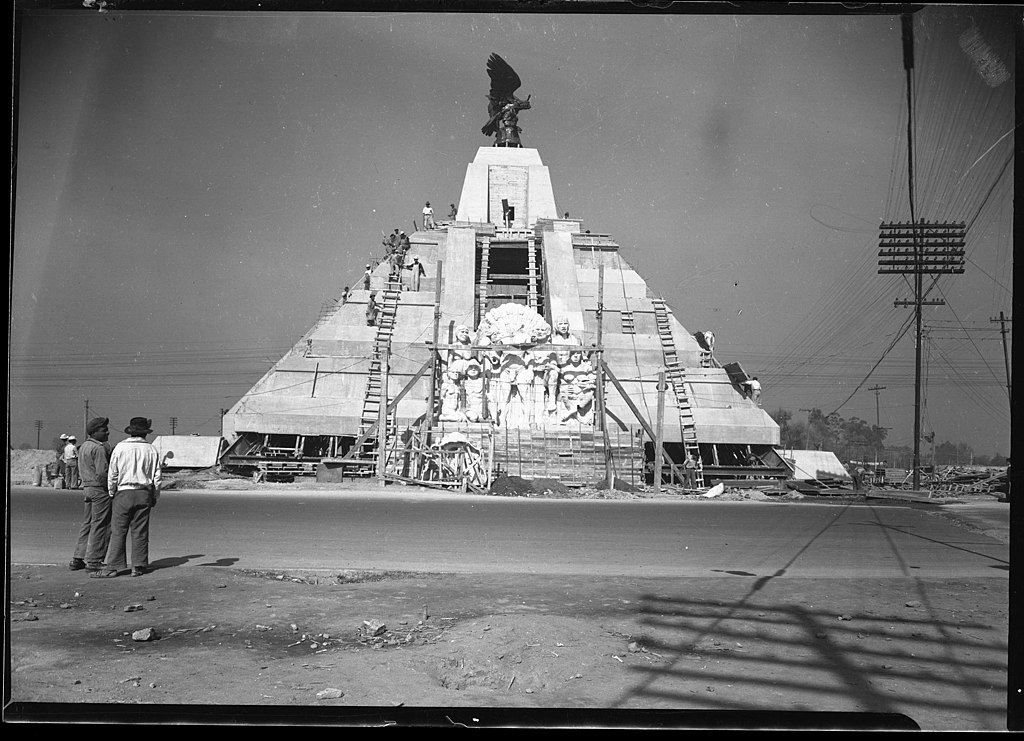
The Monumento a La Raza needs to be understood in its historical context. 1930 is about the height of the Maximato period, generally said to have lasted from 1928 to 1934. The presidential term should have been served by Álvaro Obregón, the Revolutionary general assassinated right after winning the July 1928 election. This is generally considered the beginning of the Cristero War. The outgoing president, Plutarco Elías Calles, was known as "el Jefe Máximo," and he would fight that war. Though no longer president, he continued to wield considerable power, and thus the period is named for him. In the wake of the Mexican Revolution, this was a period of transition and consolidation. The 1928 assassination of Obregón was followed by an attempted assassination on President Pascual Ortiz Rubio. He was forced to step down in 1932, and his term was finished by Calles loyalist Abelardo L. Rodríguez, remembered almost exclusively for the public market named for him and opened during his term. The Maximato can only be said to have ended with the election of Lázaro Cárdenas in 1934. But we need to understand the period here, also, as part of multiple attempts to shore up the identity of the post-Revolutionary Mexican state.
If all that's not confusing enough, a reigning theory of the time came from the philosopher who ran for the presidency against Rubio in 1930. José Vasconcelos, for whom you'll find multiple important libraries named among these pages, had been the rector of the national university. In 1920, President Álvaro Obregón made him the Secretary of Public Education. Both positions were powerful and influential. Vasconcelos' 1925 essay, La Raza Cosmica (The Cosmic Race) set out an idea that "race," as it was then understood, could and would be transcended by race mixing. Mexican intellectuals, in the period leading up to the Maximato, believed that Latin American people were already the descendants of all the peoples of the world. Upon race mixing (mestizaje), they would come to constitute a fifth and transcendental race. Most of these ideas have been discarded by subsequent generations, much as "Indigenism" in the arts would come to be (see below). Why, later generations would ask, should any indigenous people feel any need to be part of such a project? One strong legacy of these ideas, though, is in the fact that many Mexican people still self-identify as mestizos, that is, as mixed-race peoples.
Amidst this tumult of ideas, we also have a wave of rebellion in the visual arts and in cultural circles. Rebellion against the Baroque of especially religious architecture had resulted in the Neoclassical designs imported from other parts of the world. But in Mexico, Neoclassicism would come to be strongly associated with the Porfirato (i.e.; everything the Revolution was against), and with European identity more generally. This feeling was already well underway by the time of the 1889 Paris Universal Exhibition. The Mexican pavilion at that exhibition was a widely acclaimed example of strong indigenist architecture. That's to say, it was a contemporary interpretation of indigenous construction and design, albeit flanked by the brazenly Neoclassical and highly idealized portrait bronzes of indigenous leaders visible today in the Garden of the Triple Alliance in the Centro Histórico. Likewise, the Indios Verdes monument statues were designed and cast in the same style and for the same exhibition. Too big to ship to Paris, and not at all ironically, the statues ended up in the Mestizaje Park. In terms of architectural design, the period also coincides with a rush to finally understand, and to unearth, much of Mexico's lost archaeological heritage. Research was continually unveiling increasingly grand examples of a past that had been buried throughout Mexico's colonial period. Even still, most of what we can call truly 20th-century indigenist architectural design has been lost to history. The Anhuacalli Museum is a strong exception as are the same architect's later designs for the mosaics on the central library at UNAM. Still, Juan O'Gorman is almost always referred to as a "functionalist" when referring even to this design. And that betrays the design motif that largely superseded the indigenism that so baffles us in the "Monument to the Race."
Completed finally in 1940, the 50-meter high pyramid is one of the best known in the city primarily because it's come to stand for a number of neighborhoods to its immediate north. The Metro station, La Raza, is just as likely to be cited as the reason for the name of this area. The area is also home to a major medical complex, also referred to in everyday terms as "La Raza." The pyramid design is crowned by a giant cast eagle, 5.75 meters in height. The eagle was originally created by the sculptor, Georges Gaurdet, to crown the new congressional building planned since 1897. That Neoclassical project, begun in 1910, was abandoned during the entirety of the Revolution and finished, now as the Monument to the Revolution, only in 1938. The four reliefs immediately below the eagle are copies of those from the 1889 pavilion. There are two staircases, on the north leading to an entryway door, and on the south, to the upper level. These are adorned at the bottom with giant carved stone snake heads. Other carvings, the horizontal friezes, refer to the feathered serpents of Xochicalco. Two more sculptural groups adorn the east and west sides. To the east is a group commemorating the foundation of Tenochtitlan and to the west is a defensive group of figures. These were both created by Luis Lelo de Larrea.
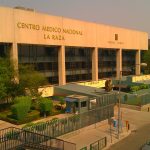
相近 0.23 kms.
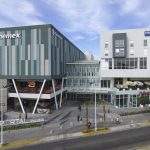
相近 0.44 kms.
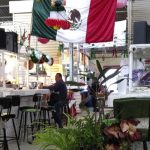
相近 0.46 kms.

A planned temple and sanctuary dedicated to the first saint indigenous to the Americas . . .
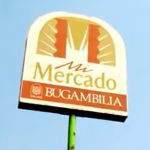
The other historic market in Santa Maria La Ribera

An original village between La Raza and Tlatelolco...
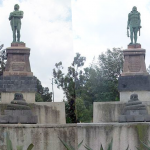
The ancient leaders of Tenochtitlan are still well worth looking into. Here's a first glimpse at how they got there
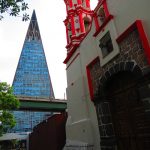
One more ages-old church in the farthest reaches of Tlatelolco...